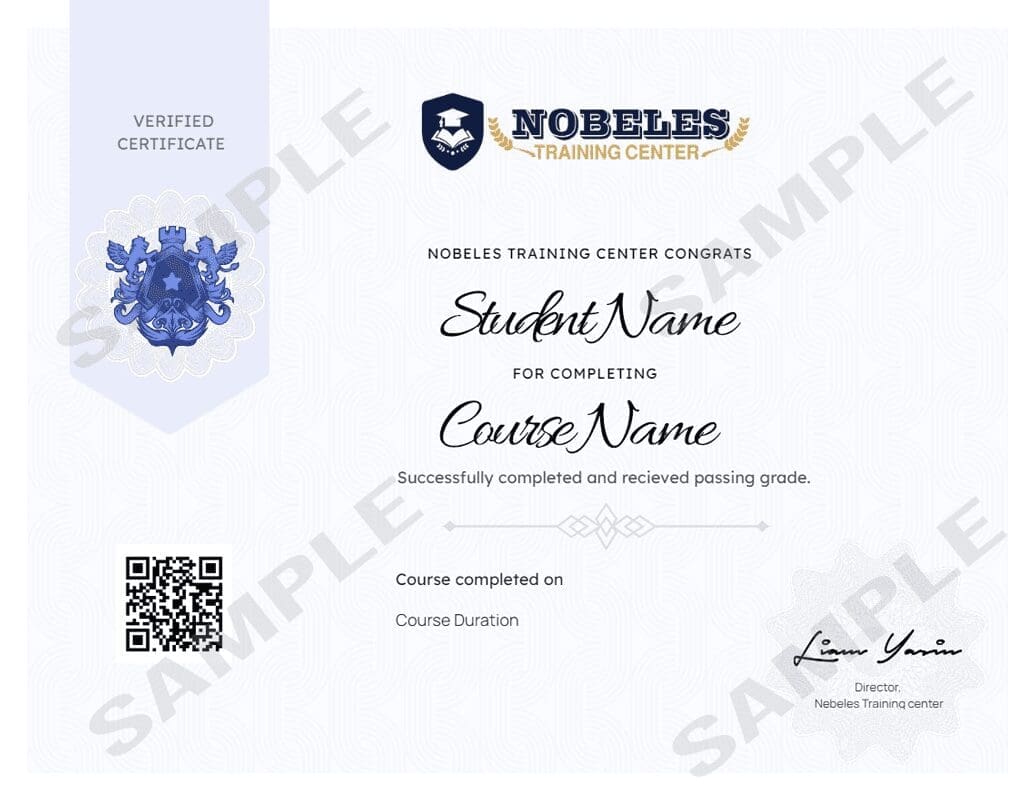Description
Curriculum
Instructor
Welcome to the Attention Management workshop. A distracted workforce is less than effective. Employees who do not pay attention to their work can waste valuable time and make careless mistakes. Attention management is a useful skill that allows managers to connect with their employees on an emotional level and motivate them to focus on their work and how to reach their personal and company goals.
Please enter your name and email to view the content:
Curriculum
- 11 Sections
- 11 Lessons
- 8 Hours
Expand all sectionsCollapse all sections
- Introduction to Attention ManagementAttention management involves directing focus and energy towards important tasks while minimizing distractions. It enhances productivity, improves decision-making, and fosters effective time management, ultimately leading to better outcomes in personal and professional life.1
- Types of AttentionTypes of attention include sustained (long-term focus), selective (focusing on specific stimuli), divided (multitasking), and alternating (shifting between tasks). Understanding these enhances focus and overall productivity.1
- Strategies for Goal SettingEffective goal-setting strategies include using SMART criteria, breaking goals into smaller tasks, prioritizing, tracking progress, and maintaining motivation through positive reinforcement, enhancing clarity and increasing the likelihood of success.1
- MeditationMeditation is a practice that involves focusing the mind to achieve mental clarity, emotional stability, and relaxation. Techniques include mindfulness, guided imagery, and breathing exercises, promoting overall well-being and stress reduction.1
- Training Your AttentionTraining your attention involves exercises to enhance focus and concentration. Techniques include mindfulness meditation, attention-switching tasks, and minimizing distractions. Regular practice improves cognitive control and helps maintain focus on important tasks.1
- Attention Zones ModelThe Attention Zones Model categorizes attention into three zones: Red (high distraction, low focus), Yellow (moderate distraction), and Green (optimal focus), helping individuals manage attention and enhance productivity effectively.1
- SMART GoalsSMART goals are Specific, Measurable, Achievable, Relevant, and Time-bound objectives. This framework provides clarity and structure, ensuring goals are realistic and trackable, which increases the likelihood of successful achievement.1
- Keeping Yourself FocusedKeeping yourself focused involves setting clear priorities, minimizing distractions, practicing mindfulness, and using time management techniques. Regular breaks, goal setting, and maintaining a conducive environment enhance concentration and productivity.1
- ProcrastinationProcrastination is the delay in completing tasks, often due to fear, perfectionism, or lack of motivation. It can lead to stress and reduced productivity. Overcoming it involves setting clear goals, breaking tasks into smaller steps, and managing time effectively.1
- Prioritizing Your TimePrioritizing your time involves identifying tasks based on urgency and importance. Use tools like the Eisenhower Matrix to categorize activities, set clear goals, and allocate time effectively, ensuring focus on high-impact tasks.1
- Post-TestPost-Test1
Nobles Center

5 Students146 Courses
Review
$225.00
118 students
11 lessons
Language: English
0 quiz
Assessments: Yes
Skill level All levels
Nobles Certificate
At the end of the course, you can download a copy of your certified certificate.
Nobeles Academy
Mobile Application
Download the Nobeles center mobile app from the app app store, click the button below
Courses you might be interested in
Welcome to the Anger Management course. Simply put, anger management is the process of controlling anger, before this anger controls you. Anger can be an incredibly damaging force, costing people...
-
11 Lessons
$250.00
Change is a constant in our lives. All around us, technologies, processes, people, ideas, and methods often change, affecting the way we perform daily tasks and live our lives. This...
-
11 Lessons
$225.00




